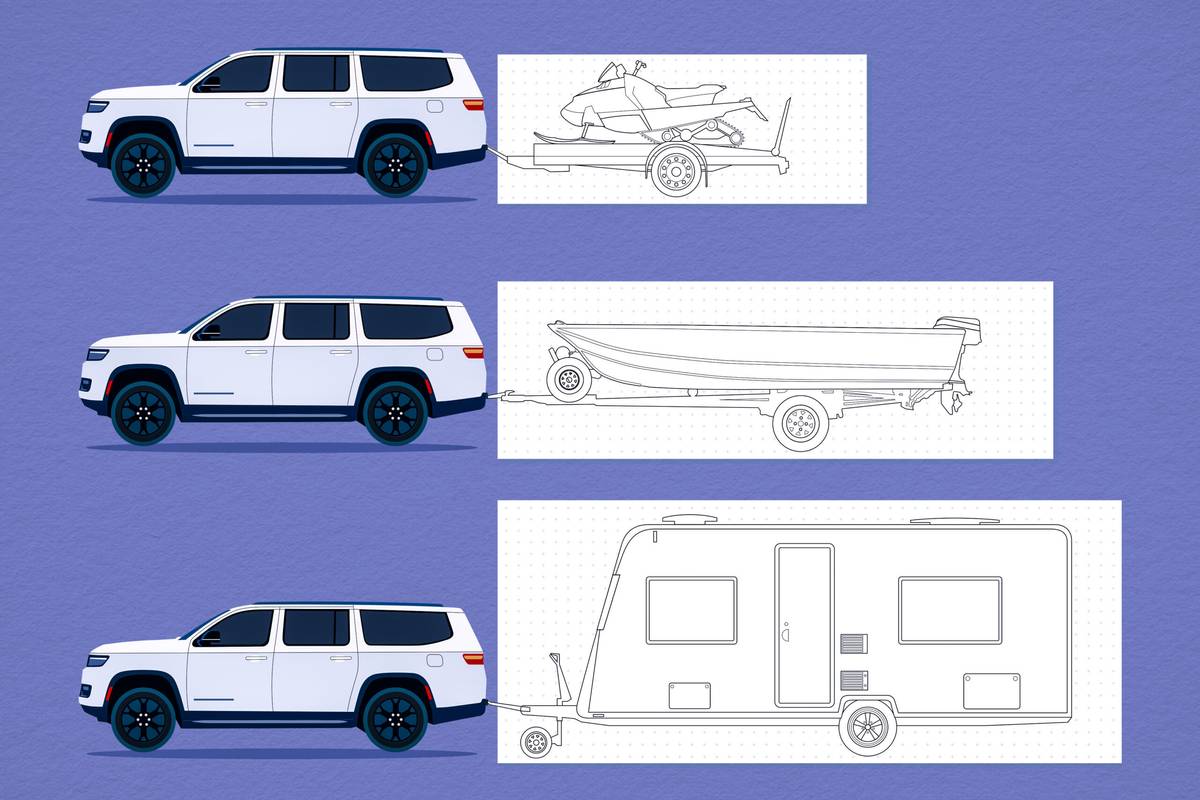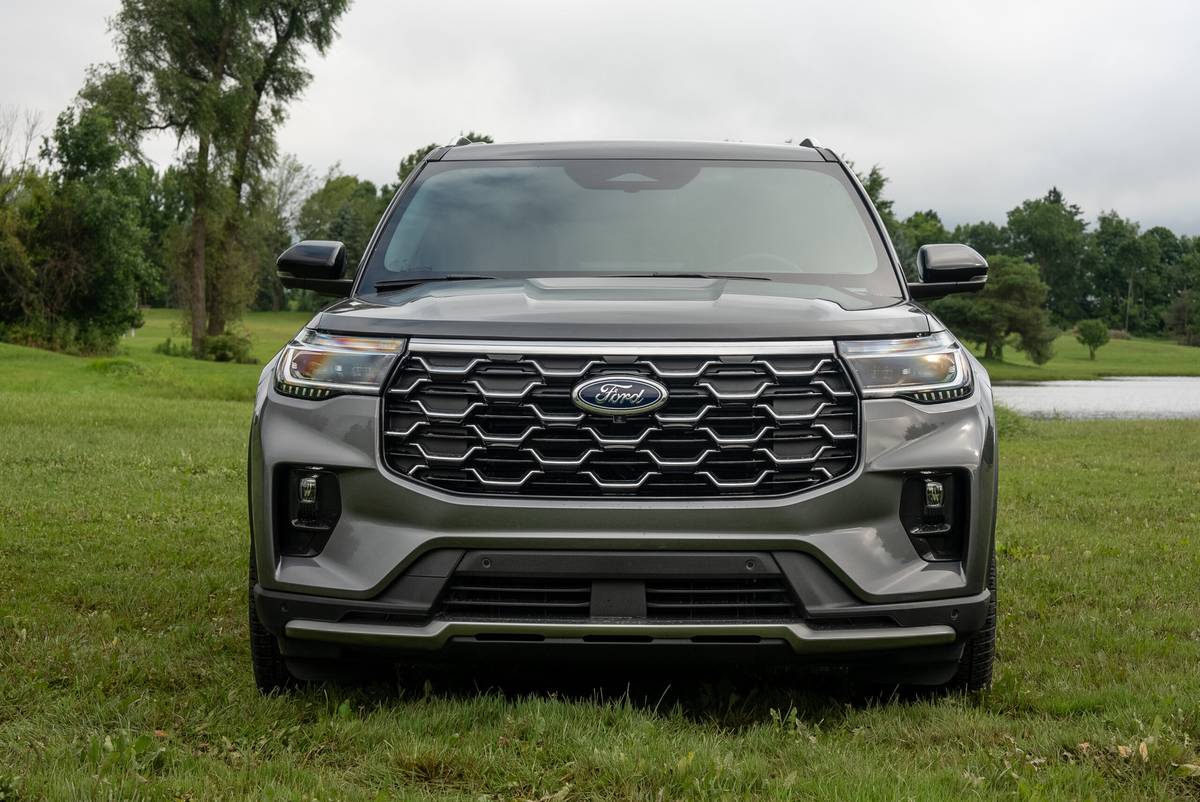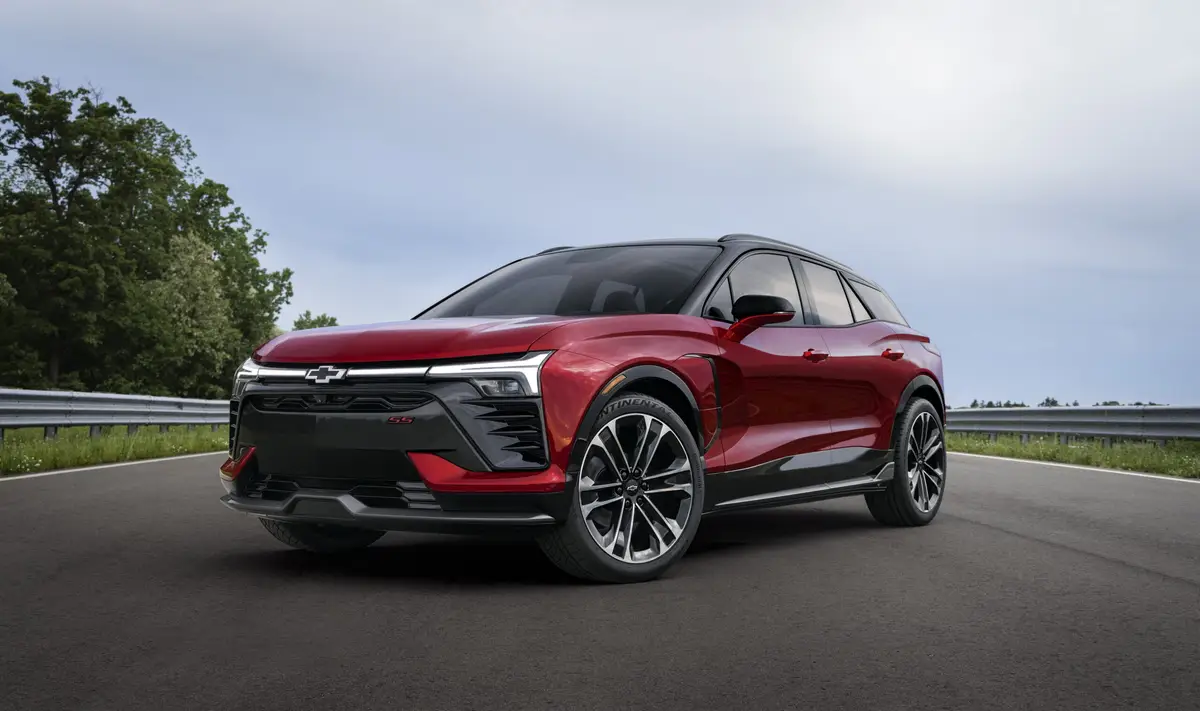Winter Driving Tip: Just Stay Cool
Few things get a pickup truck driver's attention faster than feeling the tires slide on a snow-covered road. The heart skips a few beats. Adrenaline levels spike. Palms get sweaty. And it all happens in a second.
For seasoned winter drivers, maybe this situation doesn't happen often. But for other drivers it's unnerving to feel your pickup instantly transition from in control to out of control. How you respond will determine the final outcome. Will it be a panicked survival response or a thoughtful, logical reaction?
Our first piece of advice is to stay cool. That's what I learned during the beginners' safety class at the Bridgestone Winter Driving School in Steamboat Springs, Colo. When you stay calm and understand the basic principles of driving on slick surfaces, most bad situations can be kept under control.
Mark Cox, lead instructor and owner of the Center for Driving Sciences, which operates the school, emphasizes that vehicle control is predicated on driver patience and vehicle balance.
Cox said good winter drivers takes their time and keep their eyes focused as far down the road as possible so they "have time to react to changing conditions." He also stressed the importance of "steering, accelerating and braking smoothly," making fluid transitions in vehicle speed or direction, and keeping the vehicle's weight balanced over those four tiny patches of rubber on the ground.
I also learned you should either brake or turn but never try to do both at the same time when the roads are slick or icy. Brake first, slowly and cautiously, then lift off the brakes and turn, straighten the wheel, and then accelerate slowly and cautiously.
Another tip we received was to intentionally reduce the steering angle of the front tires if they slide while trying to make a turn. Counterintuitive? Definitely, but we learned that straightening the wheel even slightly can be a life saver in winter driving. Additionally, reducing steering input and backing off the throttle helps sliding tires get their grip back and start rolling again, gaining traction on the slippery surface again.
So here are basic winter driving rules: Brake. Steer. Accelerate. All separately, all smoothly.
And don't let the fact you have a 4×4 pickup get you in trouble. Overconfidence is not your friend. Four-wheel drive helps slightly while accelerating, but the heavier mass could easily be a liability when it comes to the laws of physics in steering and braking. And this is especially true when your four-wheeler is running wider, heavier, mud-type tires. During our recent winter tire test, wide mud tires provided the worst winter traction possible. We discovered tread types can play a huge role in control on plowed roads. In our test, the best traction by far came from dedicated studless snow tires.
The worst traction came from mud-terrain, larger-lug, high-void traction tires, which have about half the stopping or acceleration performance of mud- and snow-rated street tires (similar to those that are standard on most pickups). Generally speaking, all-terrain tires are only slightly better than street tires. The key here is to choose your winter tires accordingly – or drive with a clear understanding of the trade-offs.
When the pavement turns white, or is covered with a sheet of ice, be cool, be smooth. And pay close attention to what's happening ahead of you so you have time to make whatever driving adjustments are necessary.
In an upcoming article, we'll have a full comparison test of several types of tires using a pair of 2016 Ford F-150 SuperCrew Lariat 4x4s to see how each performed. For now, heed these recommendations.
Cars.com photos by Bruce W. Smith

Featured stories



